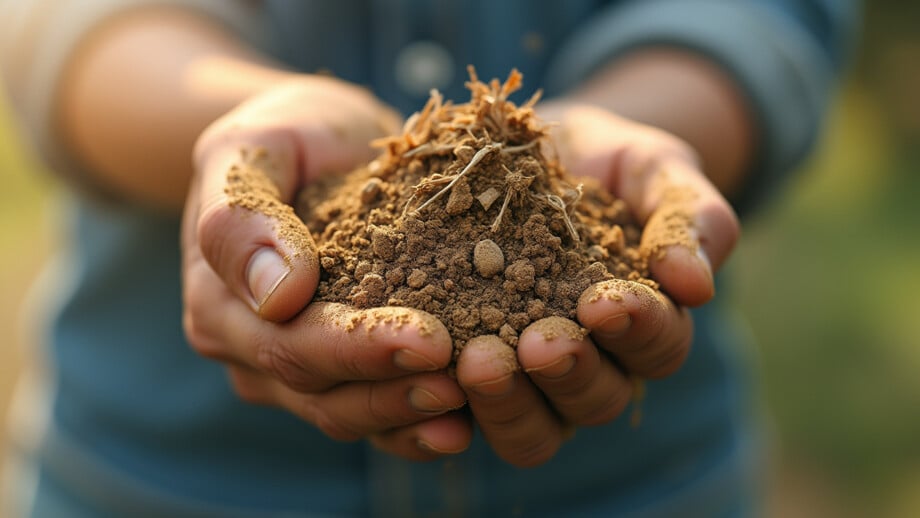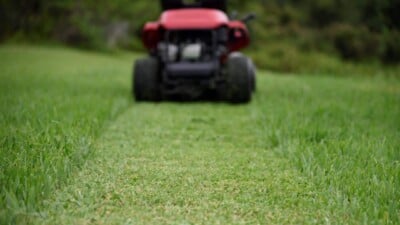Compost Science
Biology, chemistry and physics come together in the making of compost. Here’s how.


Best product
for a Hot Pile
Compost Thermometer
Keep your pile cooking with this 20-inch long, stainless steel thermometer.
$29.95Learn moreThe science of composting is complex. The distinction of physical, chemical and biological processes is to a large extent artificial. All overlap and all affect each other. Virtually any effect of composting can be traced to activity in more than one of these categories. Take, for example, the well-documented fact that the composting process kills many disease-causing pathogens. According to a 2003 review of the literature (PDF) by R. Noble and S. J. Roberts, no fewer than seven mechanisms are involved:
- The best known and most widely studied mechanism is the heat produced by thermophilic bacteria during the hottest stage of composting.
- Much earlier in the process, when pH drops, pathogens die because the compost is producing organic acids, ammonia, and similar substances toxic to many them.
- Enzymes produced by some microbes have the ability to destroy pathogenic cells by breaching or breaking their outer membrane, a process known as lysis.
- Some chemicals produced during home composting stimulate certain pathogens to germinate prematurely.
- Micro-organisms directly attack pathogens through the manufacture of antibiotics and though parasitism.
- Beneficial microbes can frequently out-compete pathogens for nutrients.
- Over time, many pathogens simply lose their vitality or viability: they become less able to infect a host or even to reproduce.
The first on the list — heat — is a physical property produced by biological processes. Numbers two, three and four involve processes that are primarily chemical though with strong biological overtones. The remaining three are primarily biological with strong whiffs of chemicals.
None of these three areas — the physical, the chemical and the biological — stands alone, in compost or anywhere. These divisions, while convenient, reside not in nature but in our desire for categories. It is important to remember that they remain primarily a convenience.














